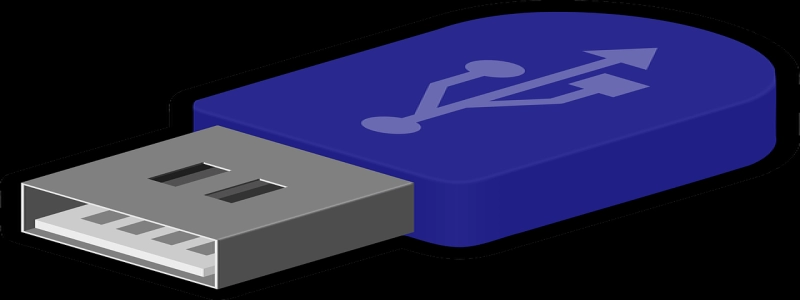SFP+ Multimode
Introduction:
In the world of networking, SFP+ (Small Form-factor Pluggable Plus) transceivers have become a popular choice for connecting network switches and routers to optical fiber cables. SFP+ transceivers are available in various types, including multimode and single-mode versions. In this article, we will discuss the features and benefits of SFP+ multimode transceivers.
1. What is SFP+ Multimode?
SFP+ multimode transceivers are designed to transmit data over multimode fiber cables. Multimode fiber is a type of optical fiber that supports the simultaneous transmission of multiple light signals, allowing for the transmission of higher data rates over short distances. SFP+ multimode transceivers use a laser diode to transmit data.
2. Features and Benefits:
– Data Transmission: SFP+ multimode transceivers support data transmission rates of up to 10 Gbps (Gigabits per second). This makes them suitable for high-bandwidth applications such as data centers and enterprise networks.
– Distance: SFP+ multimode transceivers are typically used for short reach applications, with a maximum transmission distance of up to 400 meters over OM4 multimode fiber. They are ideal for connecting devices within the same building or data center.
– Compatibility: SFP+ multimode transceivers are hot-pluggable and comply with the SFP+ MSA (Multi-Source Agreement) standard. This ensures their compatibility with a wide range of networking devices, including switches, routers, and servers.
– Cost-effective: Compared to single-mode SFP+ transceivers, multimode transceivers are generally more cost-effective. They offer a lower cost per link and are easier to install and maintain, making them a popular choice for short-distance applications.
– Flexibility: SFP+ multimode transceivers can be used with various types of multimode fiber cables, including OM1, OM2, OM3, and OM4. This provides flexibility in choosing the appropriate fiber type based on the desired transmission distance and budget.
3. Application Examples:
– Data Centers: SFP+ multimode transceivers are widely used in data centers for connecting switches, servers, and storage devices. They offer high-speed connectivity and are compatible with popular networking equipment brands.
– Local Area Networks (LANs): SFP+ multimode transceivers are suitable for connecting switches and routers in LANs. They provide reliable and fast data transmission, allowing for efficient communication within the local network.
– Campus Networks: SFP+ multimode transceivers can be deployed in campus networks, connecting multiple buildings within a university or corporate campus. Their cost-effective nature makes them an ideal choice for such applications.
Conclusion:
SFP+ multimode transceivers provide a cost-effective and reliable solution for short reach optical fiber connections. Their high-speed data transmission capabilities, compatibility with various networking devices, and flexibility in fiber type selection make them a popular choice in data centers, LANs, and campus networks. By choosing SFP+ multimode transceivers, network administrators can ensure efficient and smooth data communication within their networks.








